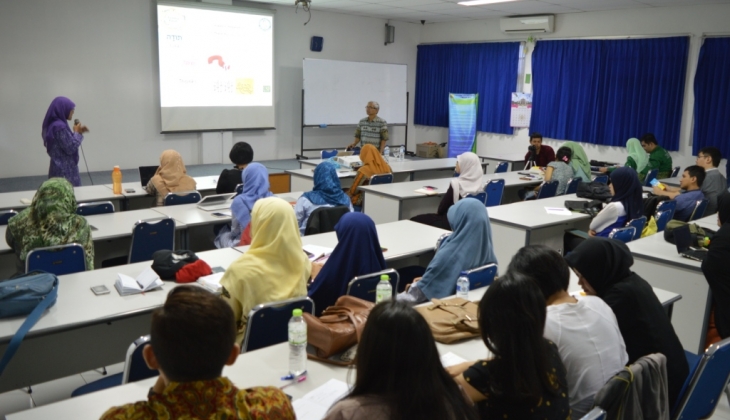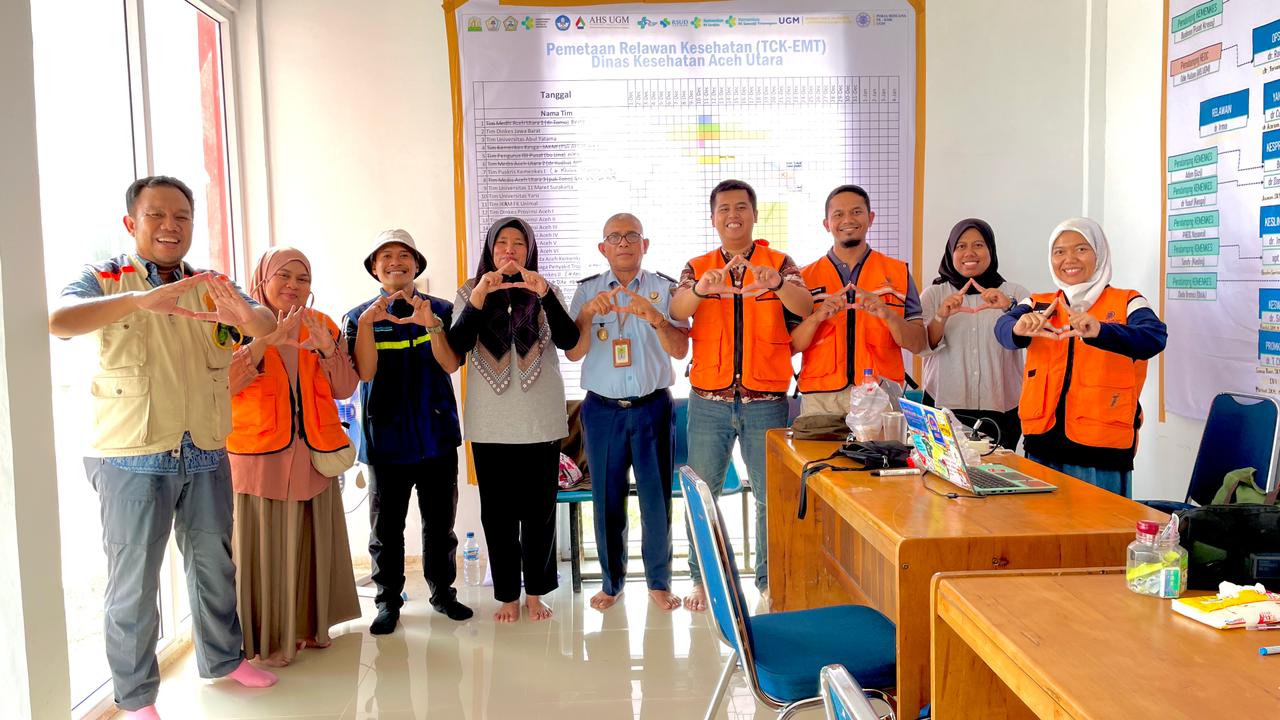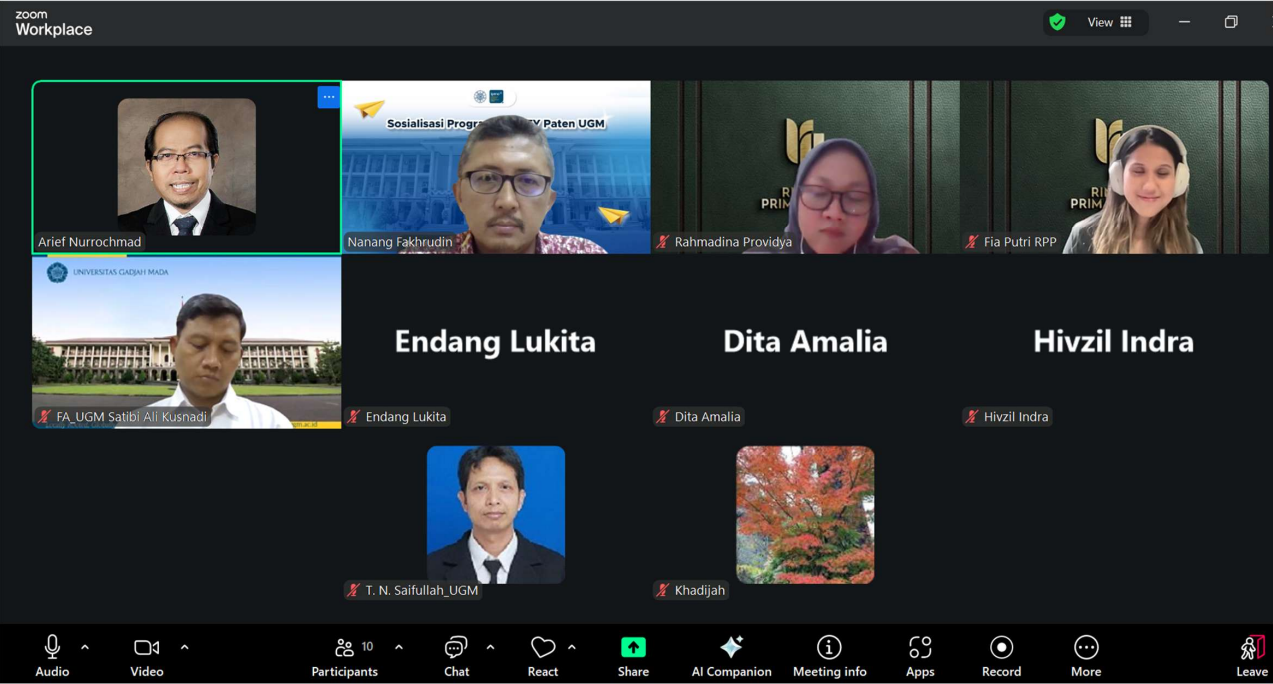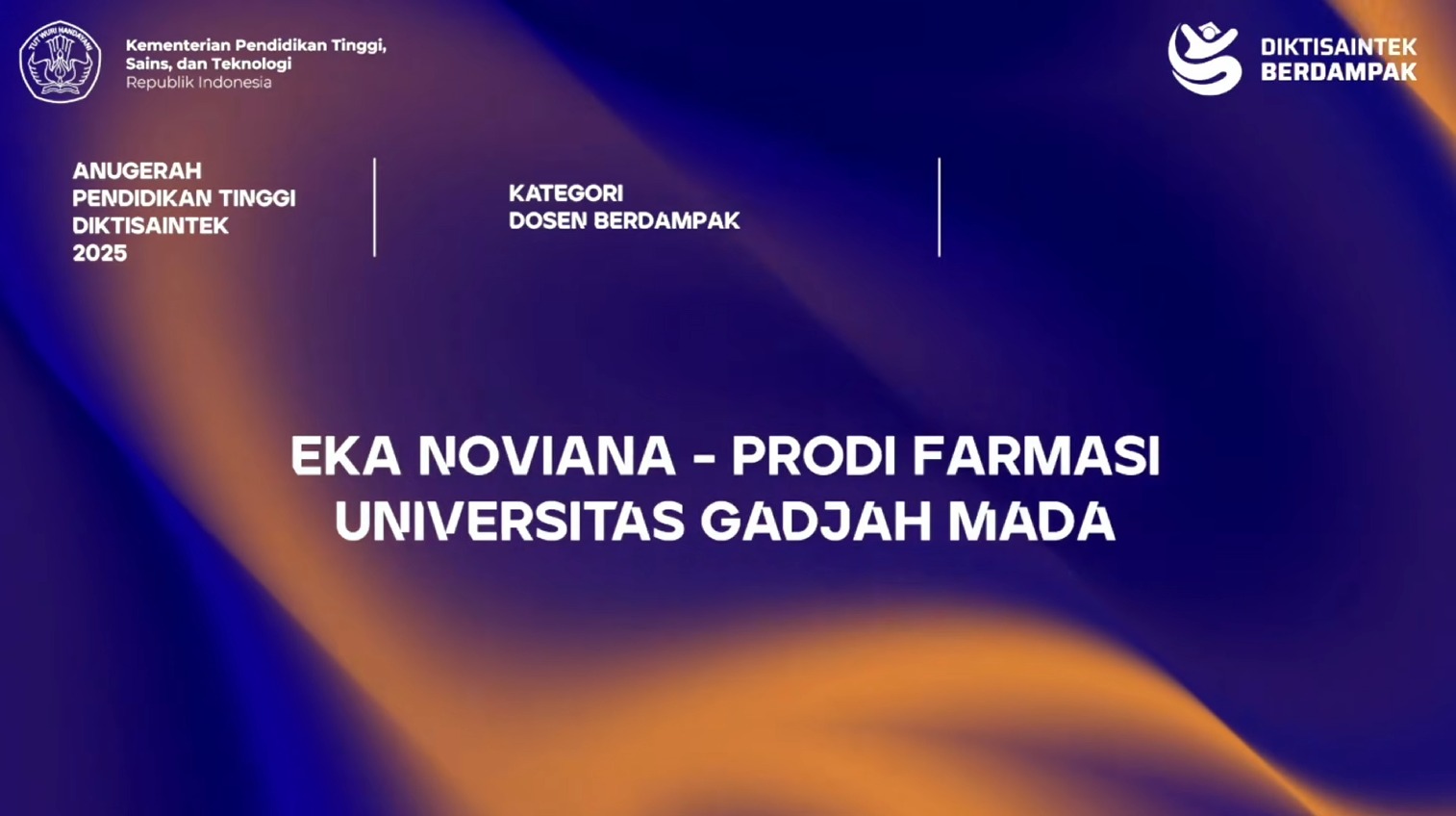The World Health Organization predicts as many as 285 million people in the world suffer from vision disorders. In fact, 80 percent of those disorders are preventable. Traditional methods to treat such disorders still have side-effects. So, nano biomaterial use in ophthalmic method can be the right solution.
“Nano biomaterial can be the solution for ophthalmic disorders,” said Associate Dean of School of Pharmacy University of Florida, Prof. Yashwant Pathak, M.S., Ph.D, giving a public lecture themed Nanobiomaterials for Opthalmic Drug Delivery Systems with Special Focus on Age-related Macular Degeneration at Faculty of Pharmacy UGM on Tuesday (18/7).
Nanotechnology development now has the potential to make progresses in many areas, including health sector through the use of nano biomaterial.
During his visit to UGM, Prof. Pathak described the research on nano biomaterial, especially in Age-related Macular Degeneration.
Pathak mentioned the methods to treat eye disorders, such as photodynamic laser therapy, anti-angiogenic drugs, and corticosteroids, each with its own positive and negative effects. The photodynamic laser therapy, in his opinion, can cause vision disorder, while anti-angiogenic drug needs to be injected repeatedly to maintain the therapeutic concentration. Meanwhile, the corticosteroids can increase the ocular stress.
“This method can also trigger the formation of cataract or other disorders,” he added.
These problems triggered Pathak and colleagues to research into the use of nano biomaterial that is easier to be applied to patients by minimising the side-effects. The use of nano biomaterial, he said, could optimise drug transmission by increasing the cornea penetration, reducing irritation, resolving solubility, and increasing successes of treatment.
He explained some systems for drug delivery using nano biomaterial such as nanosuspensions, polymeric gels, gel-forming solution, ocular inserts, and implants.
Further research is still required on this issue, especially on the side-effects. Prof. Pathak also encouraged the students to develop this reserach further to give good solution to public health issues.





